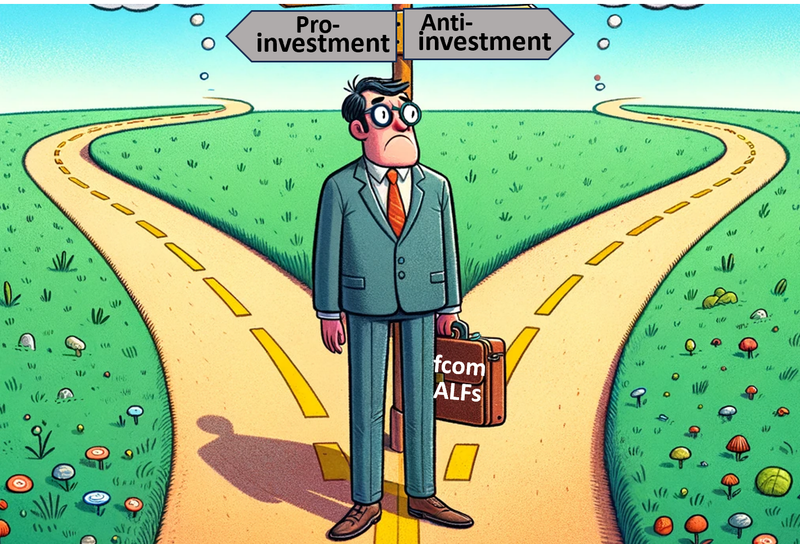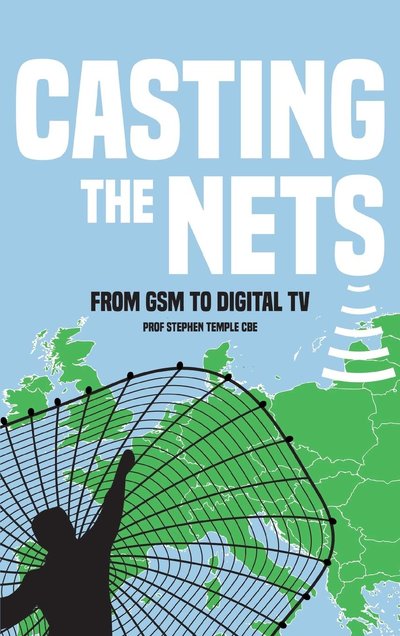


The UK government has called for more pro-investment regulation. A good place to start would be to scrap the market mechanisms that have been used to regulate licensed mobile spectrum for the 3G, 4G and 5G mobile infrastructure up-grades. A book just published shows they have been the exact opposite of “pro-investment”. Their costs have been enormous.
Read moreThe crisis in the water industry has put privatisation in the spotlight. It has clearly failed the country and consumers. Opinion is divided on whether the failure is down to privatisation or the failure of “the regulator”. There is a third possibility. The regulators were set into the wrong regulatory framework by parliament for a capital-intensive infrastructure industry.
Read moreWhen the idea of a 5G initiative first emerged there was talk in Europe of a big opportunity to take the lead and create another GSM-like success story. The 2nd generation mobile technology (GSM) had been a huge success. Europe led the world for best part of a decade not just in mobile technology but its service provision. The UK particularly excelled in the latter. The UK government liked the idea and set an ambition in 2015 for the country to become a leader in 5G. When 5G camed to be rolled out across the globe the UK is not even in the running in terms of leadership.
Read moreOne of the hardest things to do is to reverse the habits of a lifetime. The mobile industry, with the support of governments and national regulators, has spent almost its entire lifetime looking upwards to the next higher band in the spectrum to continue its success story. But that path is no longer sustainable. The spectrum capacity for the next big national mobile network upgrading will have to come by making considerably more efficient use of the mid and low mobile bands.
Read moreThe media and general public will be hailing Ofcom’s spectrum auction as a huge success. It raised over £1.355 billion for the Treasury. This has now become the popular measure for the success of a spectrum auction. In 2003 spectrum in the 3.4 GHz band only fetched £175,000 per MHz, which would be £262,000 at today’s prices adjusted for inflation. At the 5G spectrum auction it fetched £7.83m per MHz. If Ofcom was no more than a branch of the Inland Revenue it was a very good outcome.
Read more
The pressing need across Europe is for pro-investment mobile regulation. This book describes, for the first time, what a pro-investment mobile regulatory framework might look like.

Casting the Nets provides an unparalleled insight into the great digital transformation of Britain’s communications networks over the period 1984-2004. It gives a graphic description of industrial policy-in-action and brings to life what is involved.
All content here (c) copyright of Stephen Temple